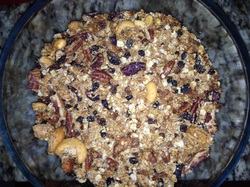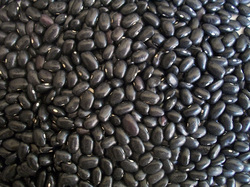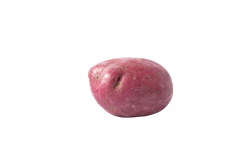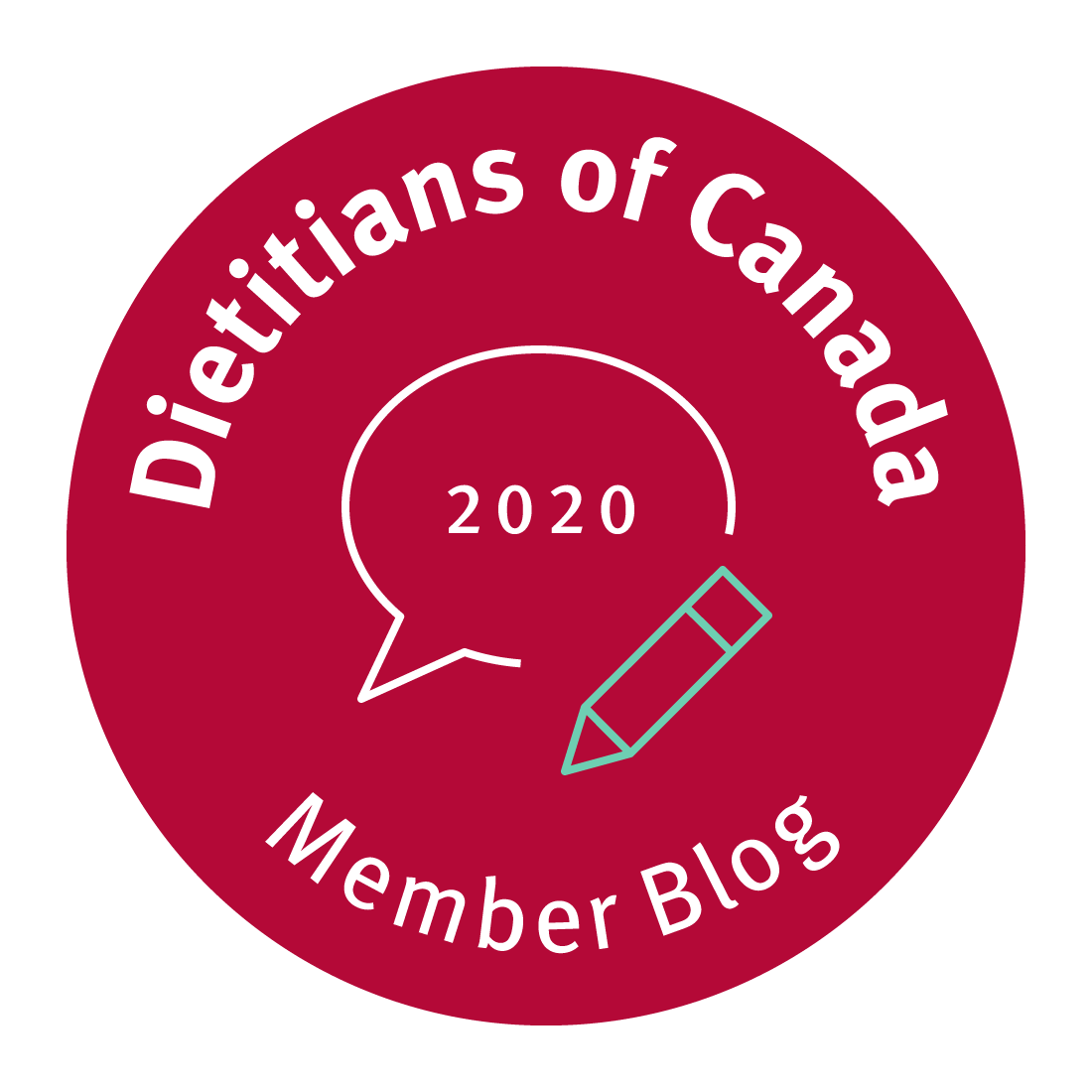
This is a quick and easy homemade granola recipe that everyone will approve of. This recipe makes a lot which is great because you can make it when you have more time and then the whole family can enjoy it the rest of the week. Be sure to choose gluten free oats and vanilla if you want this to be a gluten free granola. This recipe was inspired by one from 'Babycakes covers the classics'.
4 cups Gluten Free Oats
3/4 tsp Salt
1 Tbsp Cinnamon
1 tsp Ground ginger
1 1/2 cups Unsweetened coconut, shredded
1/2 cup Pecans
1/2 cup Cashews
1/2 cup Dried Cranberries
1/2 cup Currants
1/2 cup Hemp seeds
1 Tbsp Vanilla
1/2 cup Coconut oil, melted
1/3 cup Agave
1. Combine oats, salt, cinnamon, ginger, coconut, pecans, cashews, cranberries, currants, and hemp seeds.
2. Add the vanilla, coconut oil, and agave and mix together until oat mixture is coated.
3. Line two cookie sheets with parchment paper.
4. Spread oat mixture onto cookie sheets.
5. Bake in 325F oven for 15 minutes. Stir. Continue baking for another 15 minutes until golden.
Looking for more ways to get out of a breakfast rut? Contact Jill Nurture The Future's Registered Dietitian at [email protected]





 RSS Feed
RSS Feed

.png.aspx?width=150&height=150)
